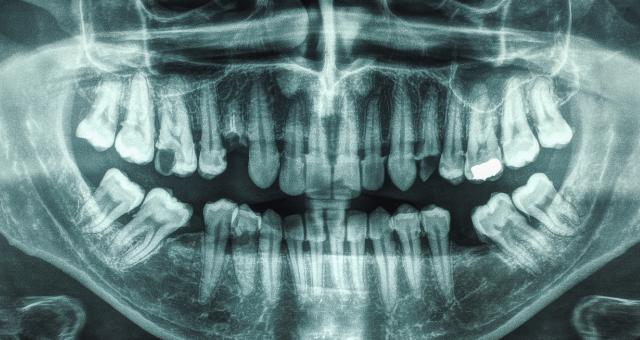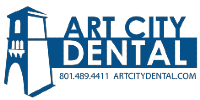What is a 3D X-Ray?
Here at your local Springville dentist office, Art City Dental, we are excited to announce our NEW 3-D X-ray machine! You might be wondering, ‘What is a 3D X-Ray?’ or ‘What is the difference between a 2-D and a 3-D X-Ray? You’re in the right place to find out!

Why would I need a 3D X-ray?
- Orthodontic procedures
- Surgical planning and treatment of impacted teeth
- Diagnosis of temporomandibular joint (TMJ or the jaw bone) disorder
- Accurate placement of dental implants
- Locating the origin of pain or disease
- Detecting, measuring, and treating tumors of the jaw
- Computing data for bone structure and health
- Reconstructive surgery
- Planning for root canal therapy or bone graft
- Evaluation of sinus, jaw, or nasal cavity concerns

Here at your local SHere at your local Springville dentist office, Art City Dental, we are excited to announce our NEW 3-D X-ray machine! You might be wondering, ‘What is a 3D X-Ray?’ or ‘What is the difference between a 2-D and a 3-D X-Ray? You’re in the right place to find out!
Which one is better? 2D or 3D x-rays?
- Advanced treatment: With the 3D images Your dentist will be able to plan a treatment protocol that is specific and unique to your dental needs.
- Improved diagnostic ability: With 3D X-rays, an accurate picture of the entire mouth is showcased which helps enhance the diagnosis process.
- Lowered risk: 3D X-ray scanners emit a lower X-ray dose compared to those emitted by conventional 2D X-ray products. This lowers the risks of getting cancer from radiation produced by 2D x-ray devices.
- Complete picture: A 3D X-ray can exhibit areas that can easily be hidden with 2D X-rays. However 2D X-rays are the best diagnostic tool to detect cavities between teeth, interproximal accumulation of calculus, and bone loss detection.
- Better patient education: With 3D X-rays, patients can visualize and comprehend their dental X-rays more easily as they show things in extreme detail.
3D X-ray imaging has proven to give better and more accurate results in diagnosing abscesses, tumors, cysts, fractured teeth, and root surfaces. Here at your dentist in Springville, Utah we still use 2D imaging regularly on each patient for cavity detection.
We are so excited to have this amazing technology to help our office provide the best standard of care for our patients.

Your Springville Dentist Near You!
At Art City Dental, we guide you through your dental journey. From the moment you step through the door, you’ll feel the care of our team and the difference of a friendly office environment
